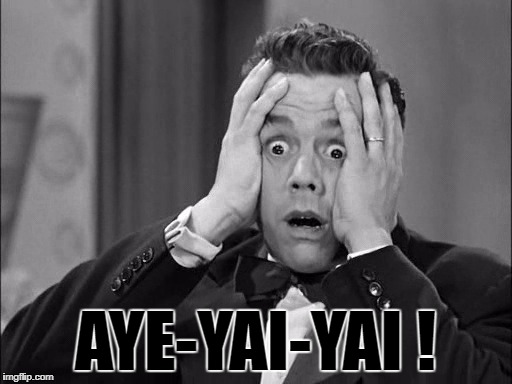It’s that time of year. The summer sun is beating down harder than ever. The grass is fading from green to brown, and no amount of watering seems to be enough. School supply lists hit your Inbox as Back to School sales fill your mailbox.
Yep, it’s almost Strategic Planning & Budgeting season.
You’ve been through this before, so you know what a strategy is (a set of choices and actions to get you closer to your long-term goals). You know why you need one (set common goals, create shared understanding and responsibility, align key stakeholders, inform priorities and decisions, enable your team to be proactive).
But do you know how to create a strategy that gets used?
No, I’m not talking about a process (though that is important). I’m talking about the experience you create and the expectations you maintain for your team as you develop the strategy.
Earlier this week, a client and I talked about this. We were preparing for a strategic planning offsite, one that we vowed would be different from previous strategic planning efforts that were somewhat successful (a new idea was launched and has since become an essential part of the organization) but left the team with lingering frustration about the process and skepticism about this one.
As we shared our thoughts and I scribbled notes, themes emerged. The next day after the themes were presented to the nearly 50 people in attendance, the head of the group raised his hand. “You’ve just described the I Love Lucy approach to strategy.”
Now, I love a good pop culture reference, especially one that requires a bit of history. But I did not get this one. As I scrunched my face in confusion, he explained, “It’s Ay yi yi yi yi!”
And thus, the I Love Lucy approach to strategy was born.
If you want to create a successful strategy, one that gets you closer to your long-term goals despite an uncertain and changing environment, how you create it must be:
Inclusive: Use the IKEA effect to your advantage and give everyone in your organization a voice. Different voices bring different perspectives to the process and help you avoid groupthink. Research from BCG indicates that “organizations that engage a broad group of internal and external stakeholders in their strategy development efforts yield better results than organizations that leave strategy in the hands of a small, central team.”
Illuminating: In the same way, it’s easy to ignore the softball-sized dust bunny under the bed until your mom comes to visit, it’s easy to ignore the parts of the business that aren’t broke but aren’t in an ideal state until strategic planning season. Your process needs to shine a light on all the nooks and crannies of your business, revealing all the opportunities and flaws to be addressed.
Innovative: You would never write a strategic plan that makes your business worse, but are you writing one that makes it better? In most cases, and often for very sensible reasons tied to incentives and metrics, teams write strategic plans for steady and safe growth. But there’s no such thing in unsteady and uncertain times. If you’re not thinking about what’s possible, you’re not planning to achieve your long-term objectives.
Internalized: A common entertainment trope is a villain who monologues for so long that the hero can escape. So you know who else monologues? Managers talking about strategy. And yes, everyone is looking to escape. Don’t be the villain, be the hero and create a strategy everyone can remember and repeat.
Implemented: The most useful strategic plan I ever saw was in a binder being used to straighten a wobbly table. It was useful, but not in the way its creators intended. If no one acts on your strategy, you just made a great table leveler.
Bonus Recommendations
For best results, I also recommend chocolate during the process and Vitameatavegamin after (or during but outside of work hours)
What are your recommendations for a good strategy development experience, a successful strategy, or an I Love Lucy marathon? Let me know in the comments below.
